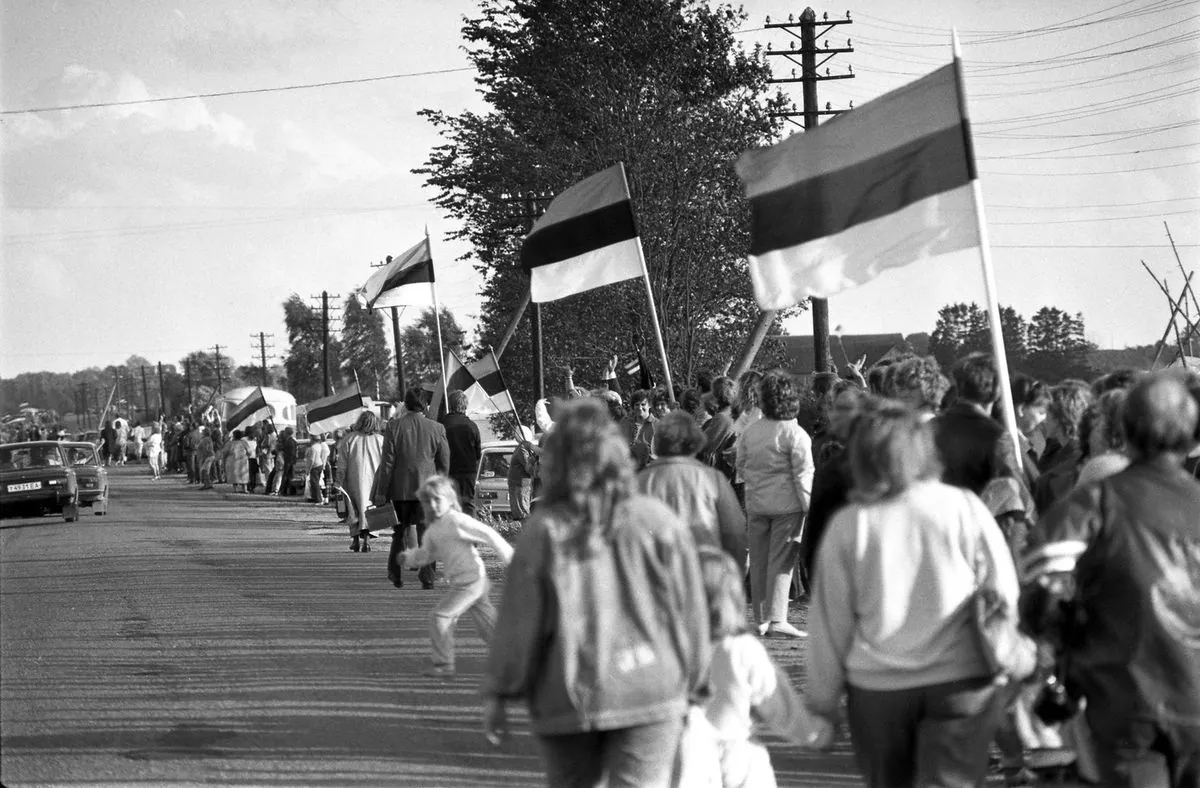Back in summer of 89‚ around 2 million people in the Baltic region made history — they joined hands to create a 400-mile human chain connecting Estonia‚ Latvia‚ and Lithuania. This protest (known as the Baltic Way) showed how these nations wanted to break free from Soviet control
The protest happened without phones or internet‚ which makes it even more special; Moscow first got mad but didnt do anything bad. Soon after that the Soviet Union had to admit it had a secret deal with Nazi Germany that led to Baltic states occupation
Today these countries are different — they joined NATO and EU about 20 years ago and their economy is four times bigger But theres still one thing that connects them to their past: the train tracks. The rails are built in Russian gauge which means trains cant go straight to other EU countries
The Rail Baltica project is trying to fix this: its a new high-speed line that will connect Baltic capitals with Warsaw using European-standard tracks. When its done in 2030‚ people will travel at 155 mph and about:
- 52 million passengers per year
- 11 million tons of cargo
- Direct links to major EU cities
Right now getting from Tallinn to Riga is hard — you need to wait in a small border town called Valga for hours (and Latvia still uses old Soviet-made trains). But since last Dec‚ at least Riga to Vilnius got better with daily trains
This new rail system will help Baltic states move away from being Russias transport route to becoming part of Europes network. Its not just about trains; its about keeping their independence that started with that human chain 35 years ago
